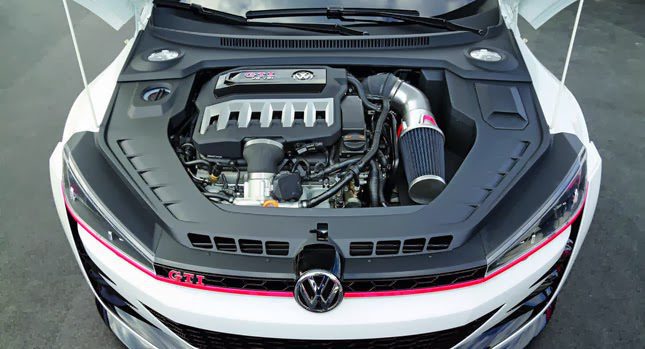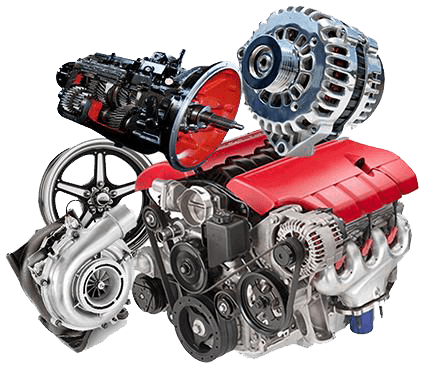Update Your Lorry with a New Opel Corsa Engine
Update Your Lorry with a New Opel Corsa Engine
Blog Article
Checking Out the Inner Operation of a Compact Automobile's Engine System
As vehicle drivers, we typically take for granted the complex processes that happen within the boundaries of our car's engine system. In this expedition of a compact automobile's engine system, we will unwind the internal workings of this mechanical harmony, shedding light on the secrets that drive us onward on our daily trips.
Combustion Refine Overview
The burning procedure in a compact automobile's engine system is a crucial system that successfully transforms gas into power to power the vehicle. This process takes place within the burning chamber of the engine, where fuel and air mix, spark, and generate regulated explosions. The burning procedure contains 4 major phases: consumption, compression, power, and exhaust.
During the intake phase, the piston relocates downward, attracting in a mix of air and gas into the combustion chamber. This down movement produces the power required to drive the automobile. This cyclic burning process is essential to the procedure of a portable lorry's engine system, making sure reliable power conversion for propulsion.
Piston and Cylinder Interaction

The piston's exact fit within the cyndrical tube is essential for maintaining ideal compression and avoiding energy loss throughout burning. Limited clearances between the piston and cylinder walls guarantee reliable securing, enabling the piston to move smoothly without allowing gases to leak past. Proper lubrication is also vital to lower rubbing and use between these elements, improving durability and performance.
Moreover, the style and materials used in manufacturing the piston and cyndrical tube influence engine performance and durability. Modern engines commonly utilize lightweight yet durable materials like aluminum alloys for pistons and cyndrical tube liners to lower inertia and boost thermal effectiveness. In general, the unified communication between the piston and cyndrical tube is basic to the engine's capability and general performance.
Gas Shot System Performance
Gas injection systems in compact automobile engines play a vital role in specifically delivering gas to the combustion chamber for regulated and effective ignition. The gas injection system functions by injecting fuel right into the combustion chamber at the ideal moment during the engine's procedure (opel corsa engine). This accurate timing ensures that the fuel blends uniformly with the air for appropriate burning, resulting in boosted fuel efficiency and minimized emissions
There are mainly 2 sorts of gas shot systems utilized in compact car engines: port gas shot (PFI) and direct gas shot (DFI) PFI systems infuse gas into the consumption port prior to the intake shutoff, while DFI systems inject fuel straight into the combustion chamber. Both systems have their benefits, with DFI supplying much better gas atomization and PFI providing a more cost-efficient remedy.
Understanding Engine Cooling Systems
Effective operation of a compact vehicle's engine counts heavily on the effectiveness of its cooling devices. Engine cooling is necessary to prevent overheating, which can cause significant damages and decreased performance. The air conditioning system in a small vehicle normally is composed of numerous components functioning together to manage the engine temperature. One important component is the radiator, which uses advice coolant to soak up warmth from the engine. As the warm coolant flows with the radiator, it launches warmth right into the air, cooling off before returning to the engine. The water pump distributes the coolant with the engine and radiator, making sure a regular flow to control temperature. In addition, the thermostat assists regulate the coolant circulation to keep optimum engine temperature level. Some vehicles additionally have cooling followers that turn on when extra cooling is needed, such as during heavy traffic or heat. Understanding these engine cooling mechanisms is important for preserving the performance and long life of a portable automobile's engine system.

Exhaust System Parts Explained
The ideal functioning of a compact lorry's engine cooling mechanisms depends on a corresponding system referred to as the exhaust system, which comprises various crucial components click here to find out more for making certain effective emissions and engine efficiency. The exhaust system consists of elements such as the exhaust manifold, catalytic converter, muffler, and tailpipe. The exhaust manifold gathers exhaust gases from the engine's courses and cylinders them to the catalytic converter. The catalytic converter after that converts harmful toxins in the exhaust right into less hazardous emissions prior to releasing Read Full Article them with the muffler and tailpipe.
One essential element of the exhaust system is the oxygen sensing unit, which keeps an eye on the oxygen levels in the exhaust gases to aid regulate fuel intake and guarantee optimum engine performance. opel corsa engine. Additionally, the resonator might be present in some exhaust systems to minimize sound levels. Overall, the exhaust system plays a crucial duty in maintaining engine effectiveness, reducing damaging exhausts, and making certain a quieter driving experience for compact car proprietors

Final Thought
To conclude, the portable vehicle's engine system is a complicated mix of parts that collaborate to help with the burning procedure, convert fuel right into energy, and get rid of waste gases. Recognizing the inner workings of the engine system, consisting of the piston and cylinder communication, fuel shot system, engine air conditioning systems, and exhaust system parts, is essential for keeping optimal performance and effectiveness of the automobile.
The burning process in a portable vehicle's engine system is an important mechanism that effectively transforms gas right into power to power the vehicle.Fuel shot systems in compact vehicle engines play a vital function in specifically supplying fuel to the combustion chamber for regulated and effective ignition.There are mostly two types of fuel shot systems utilized in small car engines: port fuel injection (PFI) and straight gas shot (DFI) Understanding these engine cooling devices is crucial for maintaining the efficiency and long life of a compact car's engine system.
The ideal performance of a portable lorry's engine cooling mechanisms depends on a complementary system known as the exhaust system, which consists of numerous necessary components for guaranteeing effective discharges and engine performance.
Report this page